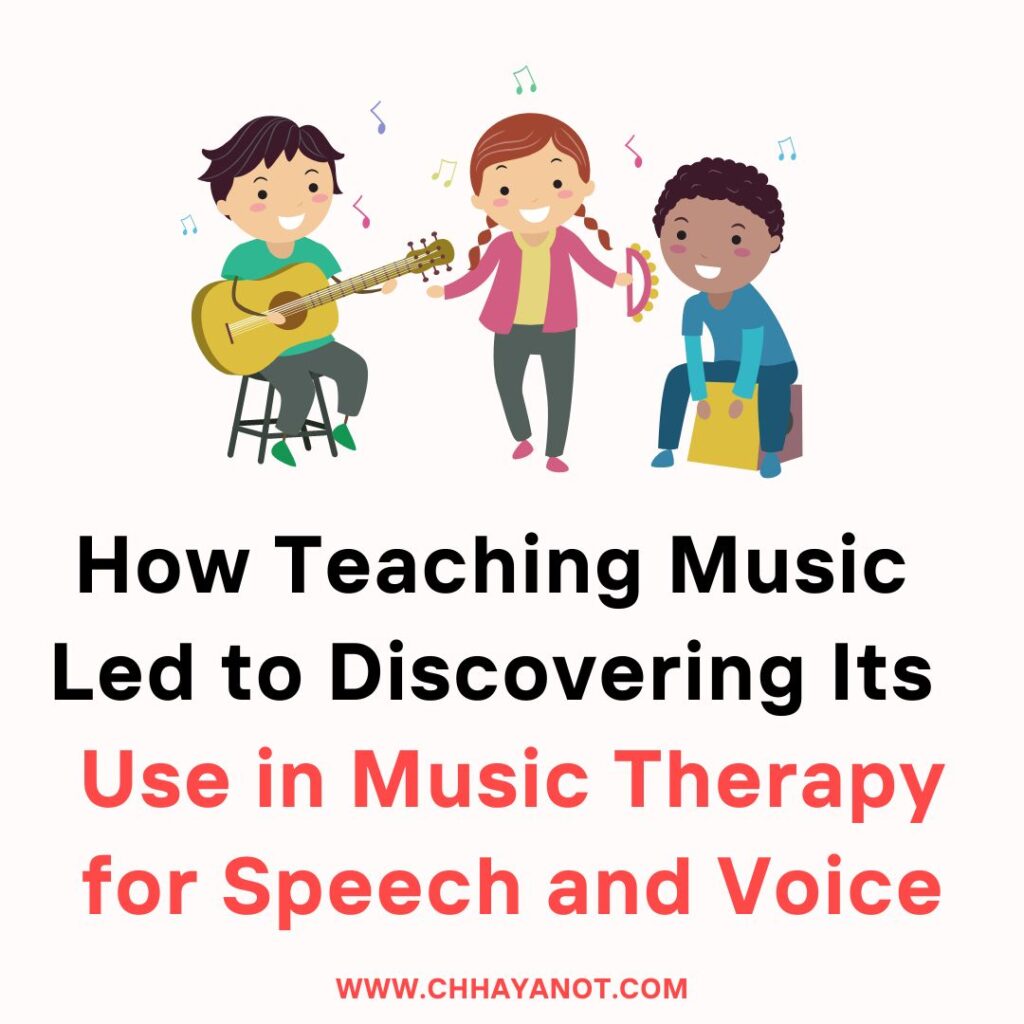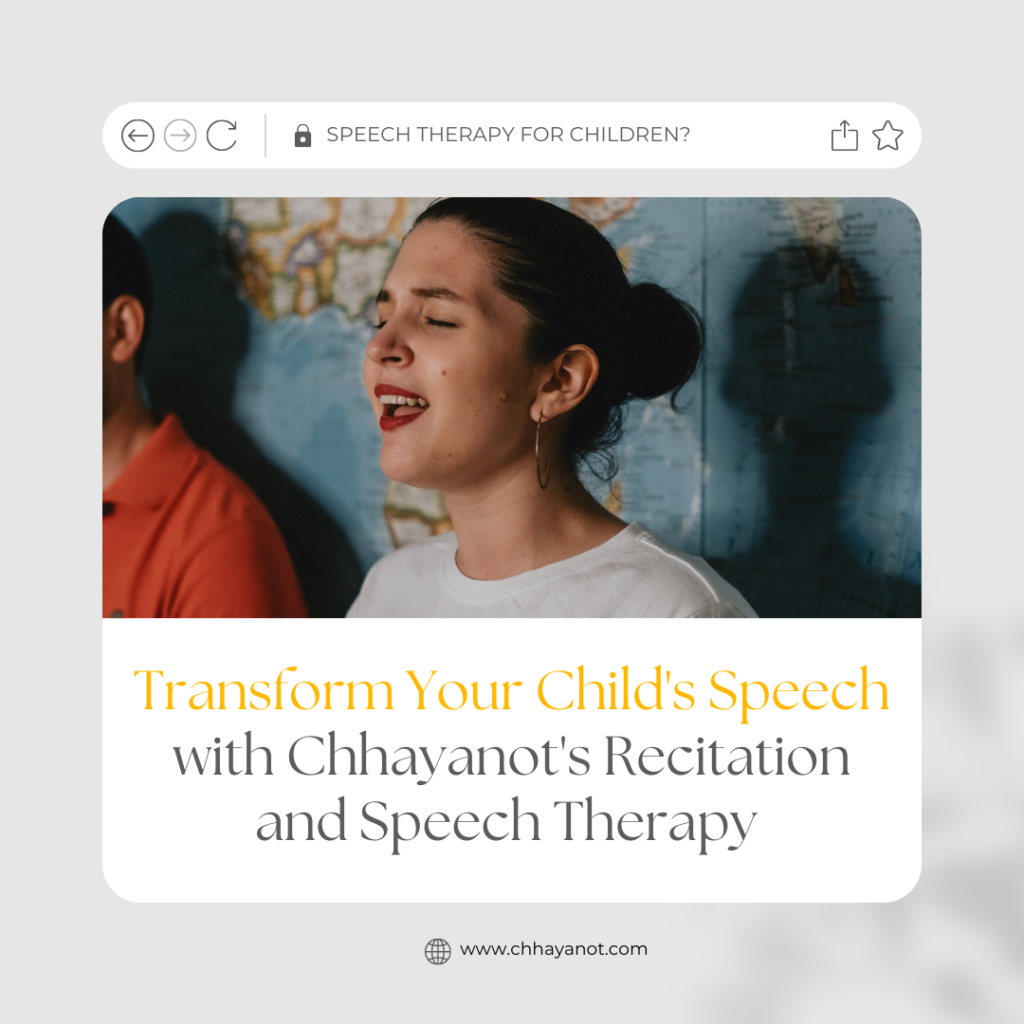As a music educator with over two decades of experience in teaching music grammar and theory, I have come to realize that there is a deep relationship between music theory and therapy for speech and voice. In this blog post, I would like to share my insights on how the knowledge of music theory and grammar has helped me in my practice of music therapy and how it can be used to help children with speech and voice problems.
Music grammar and theory provide the foundation for understanding the structure and organization of music. It teaches us how to read, write, and analyze music. It also provides the tools necessary to understand how music is composed, and how the different components of music, such as melody, harmony, and rhythm, work together to create a cohesive musical piece.
The science behind music therapy for speech and voice is based on the idea that music can be used to enhance speech and voice function in individuals with speech and voice disorders. Studies have shown that music therapy can improve breathing, vocal range, pitch, and articulation in individuals with speech and voice disorders. This is because music therapy engages the brain in a unique way that can facilitate the recovery of speech and voice function.
One practical example of how music theory and grammar can be applied in music therapy for speech and voice is through the use of rhythm exercises. In music theory, rhythm refers to the organization of sounds and silences in time. In music therapy, rhythm exercises can be used to help individuals with speech and voice disorders improve their timing, pacing, and rhythm of speech. For example, a therapist can use a simple rhythm exercise like clapping or tapping to help a child with a speech disorder to improve their pacing and rhythm of speech.
Another example is the use of melody exercises to help individuals with speech and voice disorders improve their pitch accuracy. In music theory, melody refers to the organization of musical pitches in time. In music therapy, melody exercises can be used to help individuals with speech and voice disorders improve their ability to produce accurate pitch. For example, a therapist can use a simple melody exercise like humming or singing a simple tune to help a child with a voice disorder to improve their pitch accuracy.
In conclusion, music theory and grammar can be used to enhance the practice of music therapy for speech and voice. By using the principles of music theory and grammar, therapists can create targeted exercises and activities that can help individuals with speech and voice disorders improve their speech and voice function. Music therapy is an effective and enjoyable way to improve speech and voice function in children and adults, and the knowledge of music theory and grammar can greatly enhance its effectiveness.
If you are interested in learning more, I have a full playlist on youtube walking through various exercises that anyone can do to help improve their speech and voice, I also provide one-to-one classes for those in need, you can learn more about that here or contact me if needed




